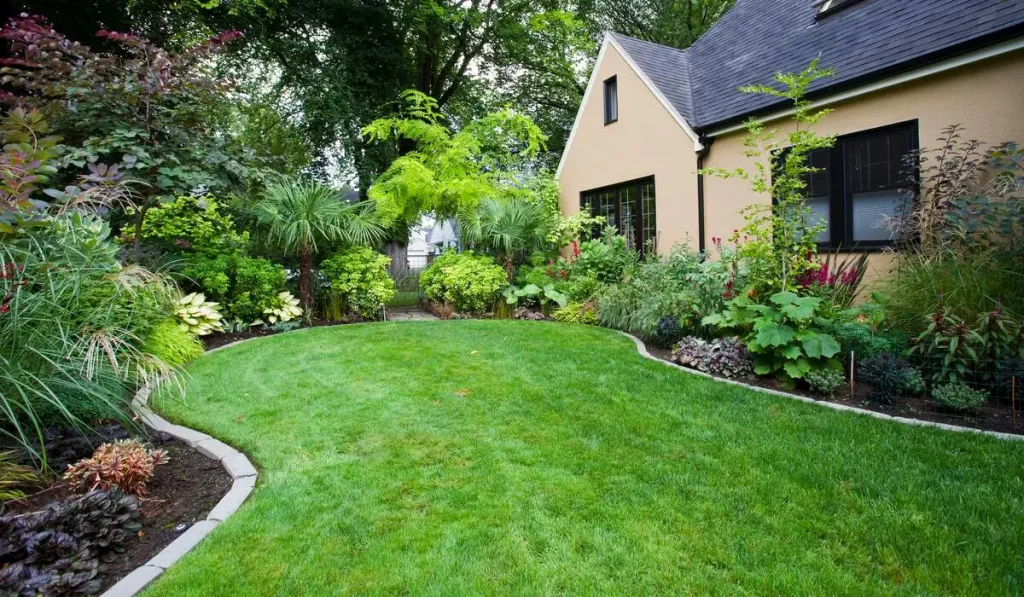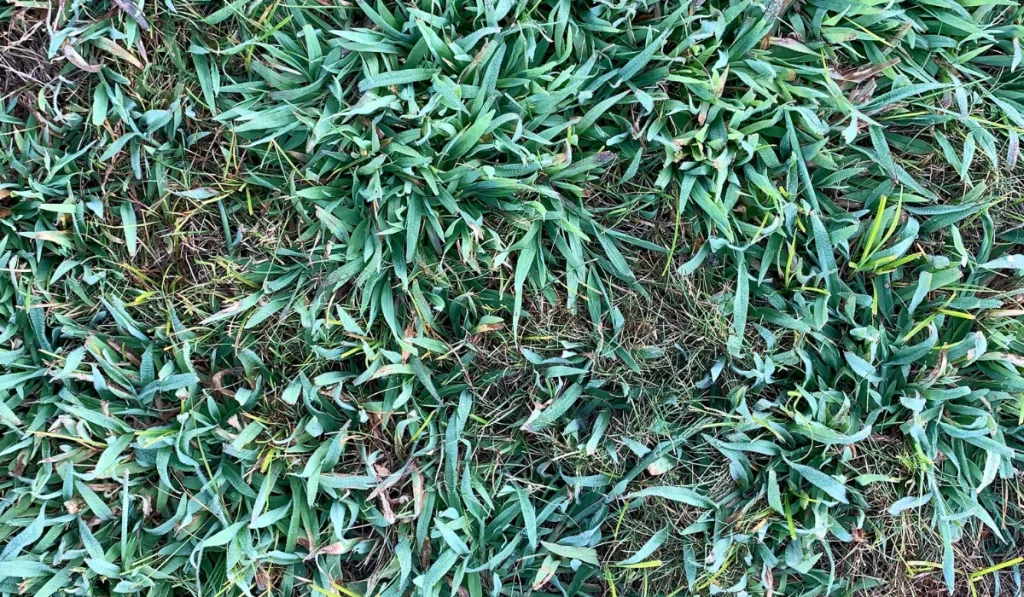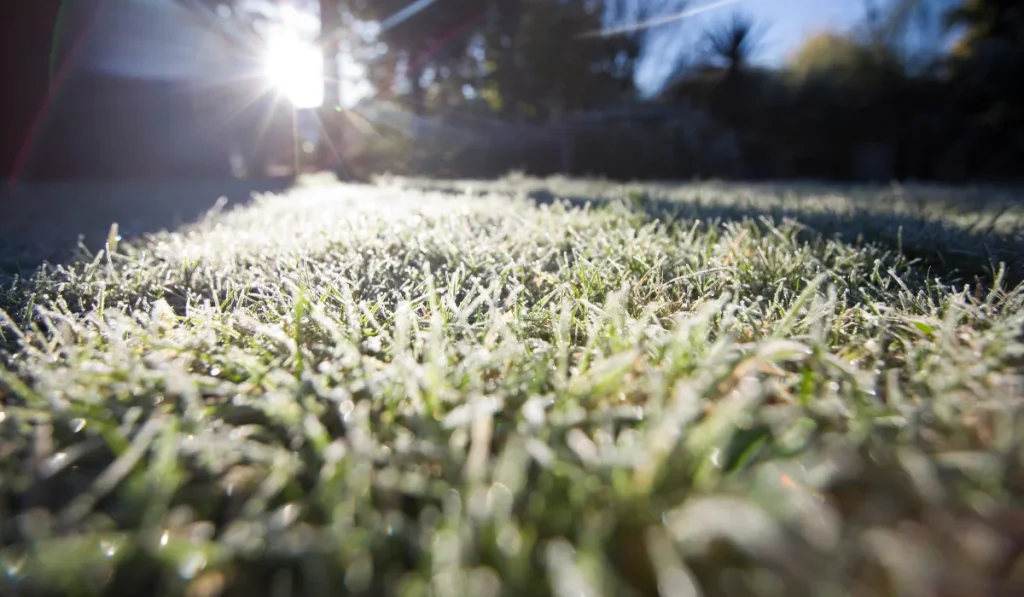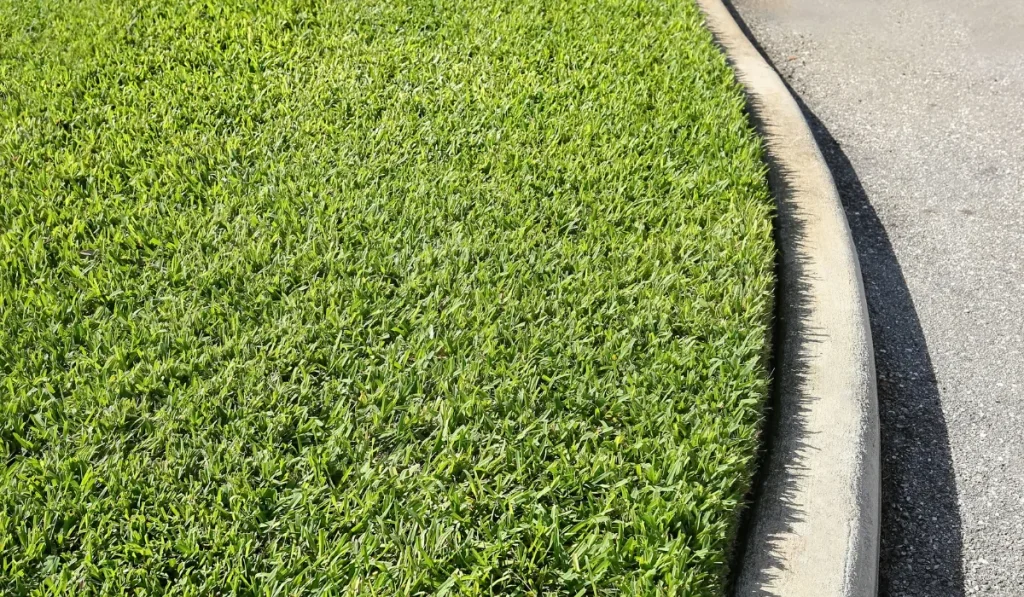Whether for family dwellings, parking areas, or commercial businesses, landscaping projects need to be smart, cautious, and efficient. The City of Fresno outlines many restrictions and requirements to protect the area’s natural beauty and create a cohesive atmosphere. Below, we’ll explore some of the most important Fresno landscaping requirements you need to know as you plan on-site projects or revisions.
Terrain Takeaways
- All landscaping plans must be designed to consider local plant life, climates, and water or fire safety standards.
- New and existing landscaping needs to feature adequate drainage and an irrigation plan that keeps water runoff to a minimum.
- Restrictions differ significantly between commercial and residential properties. Working with a landscape architect or professional will help you avoid making mistakes that cost you time and money.
Requirements
When planning or updating a landscaped area, there are a few key points property owners should keep in mind to avoid penalties, including the following:
- Landscaping must consider Fresno’s natural climate, including indigenous plants, materials, and soil.
- All landscaping must mitigate environmental damage caused by stormwater runoff.
Landscape Water Management
Many legal requirements surrounding landscaping relate to water use and management. It’s crucial to ensure local environments won’t be disrupted by drainage.
- New landscaping must have an automatic irrigation system to provide efficient water coverage for all plant material.
- All irrigation plans must comply with California’s Green Building Standards Code and the California Model Water Efficient Landscape Ordinance.
- Plants with similar water needs should be grouped together on landscape plans into hydrozones.
- Landscape designs should feature drought-tolerant and climate-adaptive plants that thrive in Fresno County. This is an important step toward preserving local environmental conditions and conserving energy and water.
- Rainwater and stormwater collection can be used to replace or augment water use in landscaping.
Landscape
Regarding landscaping itself, property owners need to create plans and consider which building permit(s) they may need to make them a reality. Some key requirements include those below.
- A to-scale design plan must be drawn and submitted for all landscaping. The plan should detail proposed plant types, locations, and sizes. It should also consider additional features like stones or ponds.
- Proposed designs may not disrupt or detract from the general pattern established by other buildings in the area (surrounding, adjacent to, and across from the property).
- Front yards should be planted and maintained from the back of a sidewalk to a garden or home wall.
- Landscaping projects and applications need to conform with the zoning district the property is located in (i.e., a business can not be landscaped the same way a home is).
- Buffering made up of plant material, trees, walls, etc., must be used to separate areas by property lines.
Prohibitions
With so many requirements to remember, it can sometimes be easier to develop a general plan based on what’s not allowed rather than what is. Homeowners can avoid legal repercussions and fines by steering clear of prohibited plant life and design features like those below.
Landscape Water Management
Water runoff is the most important thing to avoid in any open-space landscape design. Basic rules like these help keep the environment safe:
- Water runoff must be prohibited by avoiding conditions like low head drainage or overspray that cause water to flow onto adjacent properties and non-irrigated areas.
- High water use plants are prohibited in some landscape areas and may be restricted for residential properties.
Landscape
Most prohibitions related to landscaping connect to plant selection and ensure that all trees, shrubs, and grasses planted are friendly to the San Joaquin and Fresno area.
- Landscaped areas must not contain shrubbery, trees, or grasses that have not been approved for land use in Fresno.
- Front yards may only contain limited trees that fit landscaping standards. Rear yards, however, may have multiple trees.
- Lawns may comprise no more than 60% of a yard’s area. Synthetic lawns and turf can cover no more than 75% of a landscape area. Paved, mulch, and rocky spaces must not exceed 35% of the area.
Exceptions
Rules like those above are not necessarily set in stone. Some situations, including those below, act as exceptions.
- Landscaping requirements don’t apply to land part of a registered historic site or botanical garden. They also do not apply to mined-land reclamation projects or ecological restoration projects without permanent irrigation systems.
- Side yards are considered front yards (subject to the same standards as front yards) when they exist on a corner. Otherwise, they don’t need landscaping unless they’re adjacent to a public space.
- Plant and tree types not listed by existing policy may be allowed. These decisions are subject to approval from city public works officials.
Fire Code
All landscaping plans need to comply with fire code standards laid out by the state of California. The risk of a fire is significant in areas where climates are hot and arid, but the water supply is low. Steps like these help ensure the area is as protected as possible.
- Fire hydrants can be added to private property only after receiving a permit from the City.
- A permit is required for exterior storage that consists of more than 5,000 square feet of combustible materials like wood, tires, compost, and yard waste.
- Fire code officials have the right to require additional fire protection systems in areas where special fire hazards exist (i.e., drought conditions, proximity to brush, etc.)
There are far too many specific rules and restrictions to list on one page, but each serves an important purpose. Reaching out to a lawn care professional will allow you to tick all the right boxes without a hassle.



